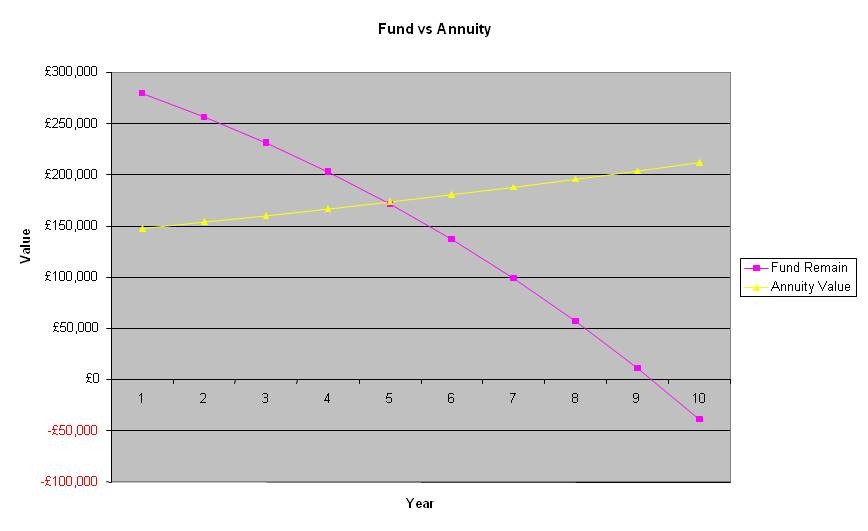Annuities v Funds
Post on: 14 Июнь, 2015 No Comment

Annuities come in all shapes and sizes and many annuities look, smell, and act like other types of investments that you may be familiar with.
If you already have an idea of the type of investment that interests you, this article will help you identify the type of annuity which may have many of the same features. A popular reason for choosing to go with annuities instead of the investment types listed below, is because annuities give you the ability to defer taxes on investment gains. You can learn more about taxes on annuities here .
Mutual Funds vs. Variable Annuities
Mutual Funds are a good choice for those who want a diversified portfolio. If you are purchasing variable annuities. you will have investment choices that are similar in style to a mutual fund (growth, income, international, bonds). Like a mutual fund, each of these funds will hold a large number of stocks or bonds.
Most importantly, it is important to understand that there is the possibility of loosing some or all of your investment (principal) with both a variable annuity and a mutual fund.
You can learn more about variable annuities here .
There are two major drawbacks when investing in a variable annuity versus buying mutual funds directly.
- Your investment choices will be more limited. While you might be able to buy several thousand mutual funds through your broker, when buying a variable annuity you will generally have less than 40 choices.
- The fees for managing the funds are generally higher for a variable annuity than similar mutual funds. You can learn more about annuity fees here .
CDs vs. Fixed Annuities
Certificates of Deposit (CDs) provide the benefit of a guaranteed return for a fixed period of time, and because they are protected by FDIC insurance. there is no risk of loss. A fixed annuity is very similar to a CD in terms of benefits and interest rates, however they do not enjoy the same FDIC protection. Instead, fixed annuities are protected by the financial integrity of the insurance company where your annuity is held.
While most insurance companies are unlikely to go bankrupt, there is a small additional risk here that does not exist with money insured by the FDIC.
You can learn more about fixed annuities here .
S&P Index Funds or ETFs vs. Fixed Index Annuities
S&P Index Funds and ETFs track the performance S&P 500, which is composed of 500 large, publicly traded companies. A fixed index annuity also tracks the returns of the S&P 500 (or alternative index), however not on 1 to 1 basis. Depending on the specific annuity, you may receive for example 50% of the performance of S&P 500.
With fixed index annuities, your initial investment is also generally guaranteed against loss. This means that if the the stock index falls in value, you will not lose any of your initial (principal) investment. With this in mind, a fixed index annuity has both less upside and less downside than an S&P 500 Fund or ETF.
This lesson is part of our Free Guide to Investing in Annuities. Continue to the next lesson here .
Want to learn how to generate more income from your portfolio so you can live better? Get our free guide to income investing here .














